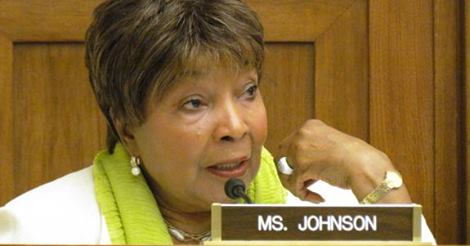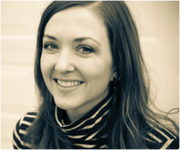
By Julie Wolf
The consequences of the numerous hurdles for women entering science are sometimes metaphorically depicted as a “leaky pipeline.” This is the phenomenon in which fewer and fewer women are found as position rank increases – despite parity at the undergraduate levels in many scientific fields. A clear example of this is the fact that while half of chemistry bachelor degrees go to women, only a third of chemistry Ph.D. degrees are – and only a quarter move into assistant professor positions from there. The leaky pipeline phenomenon concerns many issues – from a less diverse pool of brainstormers to fewer available mentors for female students. Fortunately, the outlook is good in terms of addressing this disparity. A new report in Proceedings of the National Academy of Science suggests hiring trends may stem the loss of female faculty. The most surprising result came from a survey of 363 tenure-tracked faculty in evaluating imaginary male and female applicants for tenure-track professorships. Both genders showed a 2:1 preference for women in both math-intensive and math non-intensive fields (excepting economics). An important takeaway from this study is that despire current disparity, right now is excellent timing for women interested in academic science careers.
But once hired, do female assistant professors have a fair shot at winning a federal grant? Several lawmakers hope to find out. Some U.S. government granting institutions do not currently track gender of the grant recipients (the NIH, NSF, and USDA-NIFA already collect demographic data of grant recipients). Three U.S. representatives – Louise M. Slaughter (D-NY), Eddie Bernice Johnson (D-TX), and Rosa DeLauro (D-CT) – hope to change that. The three representatives wrote a letter to Energy Secretary Ernest Moniz, Defense Secretary Ashton Carter, and NASA Administrator Charles Bolden. The letter stresses the importance of ensuring no gender or other biases exist in allocating the over $3 billion granted annually. The representatives requested the Department of Energy, the Department of Defense, and NASA begin collecting demographics of their grant applicants and recipients. This would facilitate analysis of inherent biases in the granting system. (The preliminary report supporting their request can be found here.) The NIH and NSF regularly publish studies analyzing grant applicant and recipient demographics. Widening this to include all major governmental granting agencies would allow for broader examination of the culture of grant writing and winning. Understanding both the hiring process, as well as important career-advancing opportunities, is how to best address plugging the leaky pipeline. 
About the Author
Julie Wolf is a research scientist studying infectious disease at Albert Einstein College of Medicine in New York. She is passionate about increasing scientific literacy and improving scientific communication in traditional and nontraditional settings. Julie has taught at CUNY Bronx Community College, Long Island University, and the Brooklyn-based community biolab, Genspace. She writes for Scholastic Science World and the Scientista Foundation. Comments? Leave them below!
0 Comments
Your comment will be posted after it is approved.
Leave a Reply. |
Archives
July 2022
CategoriesAll Amy Massack BiWeekly Roundup Danae Dodge Gabrielle-Ann Torre Indulekha Karunakaran Jeesoo Sohn Lauren Koenig Lidiya Angelova Melissa Bendayan Microsoft Molly Connell Nektaria Riso Nicole Hellessey Physics Poornima Peiris Robbin Koenig Sadaf Atarod Sarah Smith Shreya Challa Vijendra Agarwal Women In STEM Yolanda Lannquist |
The Network for Pre-Professional Women in Science and Engineering
The Scientista Foundation is a registered 501(c)(3) -- Donate!

 RSS Feed
RSS Feed